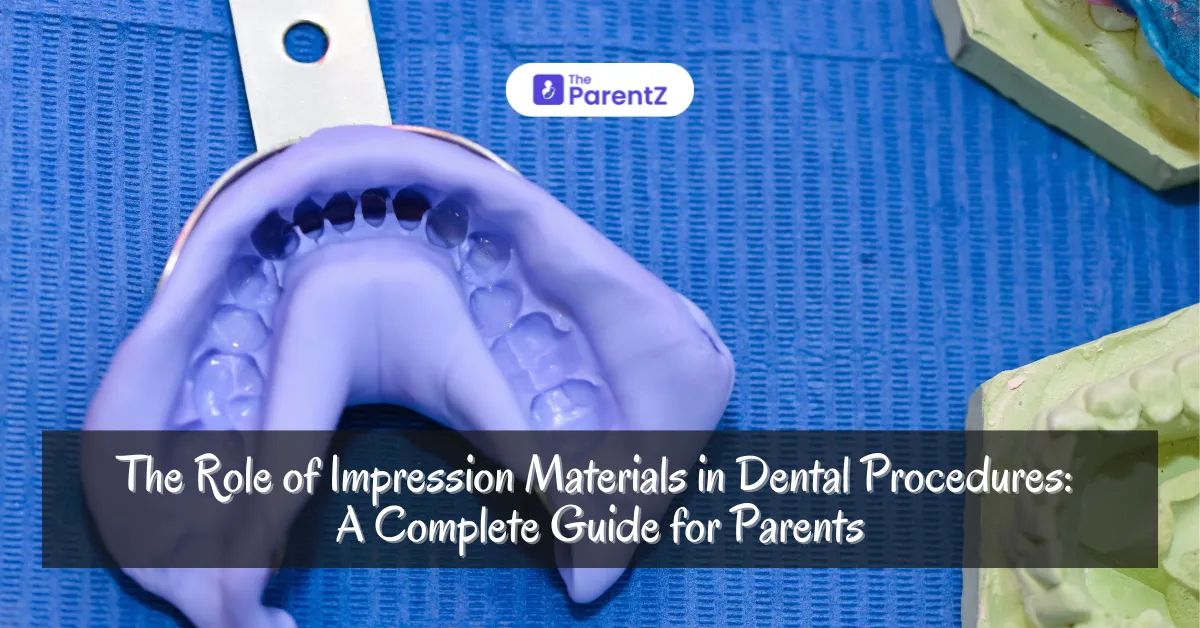Impression materials are an integral part of dental procedures, enabling dentists to create accurate models of the mouth for diagnosis and treatment planning. Whether it’s for crowns, bridges, or orthodontic work, these materials capture detailed impressions of teeth and surrounding tissues. For children, choosing the right impression material is crucial to ensure comfort and successful outcomes. In this article, we’ll explore the various types of impression materials and highlight the best options for pediatric patients.
Types of Impression Materials
1.Alginate
Alginate is the most commonly used impression material, especially in pediatric dentistry. It’s easy to mix, quick-setting, and cost-effective. Alginate is often used for making models of teeth before orthodontic treatments or when crafting retainers. However, it lacks long-term stability and must be used immediately for accurate results.
2.PVS
PVS is a popular material for precise, highly detailed impressions. It’s ideal for complex procedures like crowns, bridges, and veneers due to its accuracy and dimensional stability. Though more expensive than alginate, PVS provides superior results, especially when precision is a priority.
3.Polyether
Polyether is known for its excellent flow properties and accuracy, making it another great option for detailed impressions. It’s highly rigid and offers great moisture resistance, which is important in procedures involving gum and tissue impressions.
4.Zinc Oxide Eugenol
This material is typically used for taking bite registrations and is rarely used for general impressions. Its firmness makes it ideal for obtaining stable impressions in specific restorative procedures but not as commonly used in pediatric cases.
Best Impression Material for Children
Alginate remains the most suitable option for children due to its quick setting time and ease of removal. It minimizes discomfort during the procedure and is often used for non-complex treatments. Additionally, its cost-effectiveness makes it a go-to choice for pediatric dentists.
A Note for Parents
As a parent, it’s natural to be concerned about your child’s comfort during dental procedures. When it comes to impression materials, alginate is generally the most comfortable for children. It’s fast, painless, and effective for simpler treatments like orthodontic molds or retainers. If your child requires a more detailed impression, materials like polyvinyl siloxane may be recommended for better accuracy.
Conclusion
Impression materials play a vital role in ensuring the success of dental procedures. From basic alginate molds to highly precise polyvinyl siloxane, each material serves a specific purpose based on the complexity of the treatment. For children, choosing a material that balances comfort and accuracy is essential. As always, consult your dentist for the best approach suited to your child’s needs, ensuring both comfort and successful outcomes.
This concise guide ensures parents are informed about dental impression materials while emphasizing child-friendly options.








Be the first one to comment on this story.